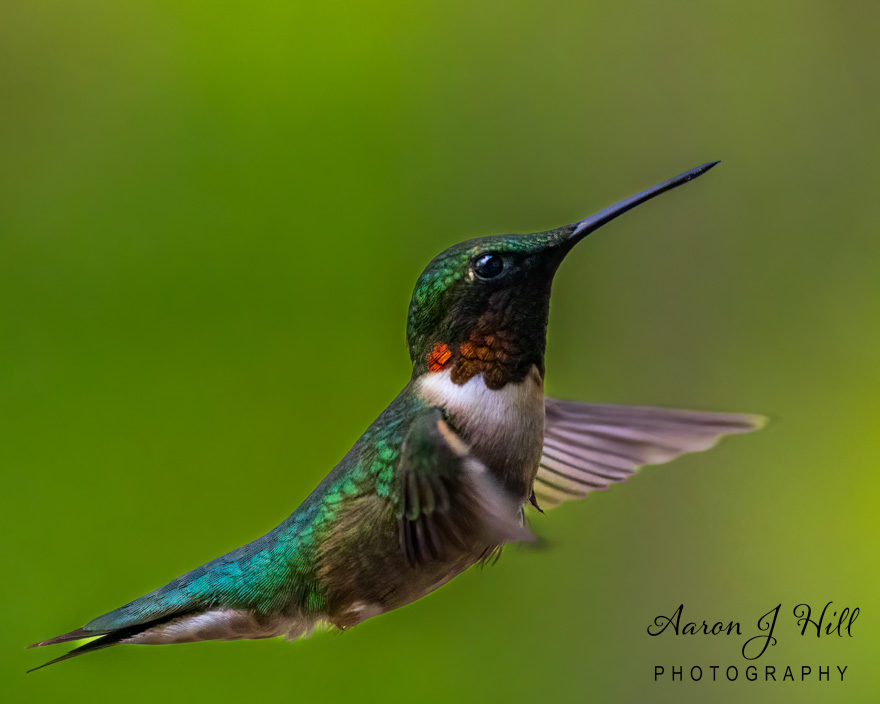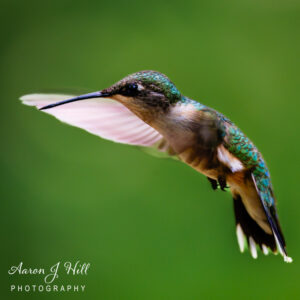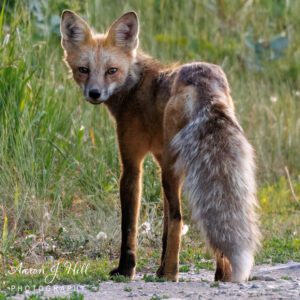The Ruby-throated Hummingbird (Archilochus colubris) is a mesmerizing avian species native to North America. Renowned for its iridescent plumage and agile flight, this hummingbird captivates bird enthusiasts and casual observers alike. This article delves into the identification, life cycle, diet, vocalizations, habitat, breeding habits, distribution, predators, conservation status, and intriguing facts about the Ruby-throated Hummingbird.
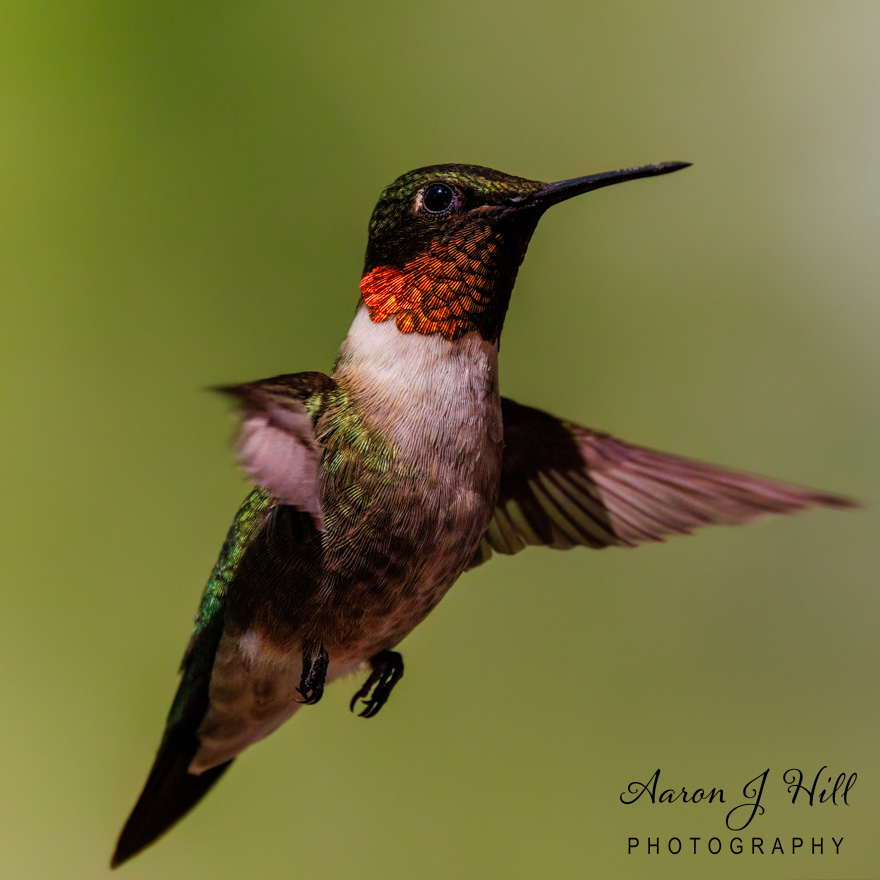
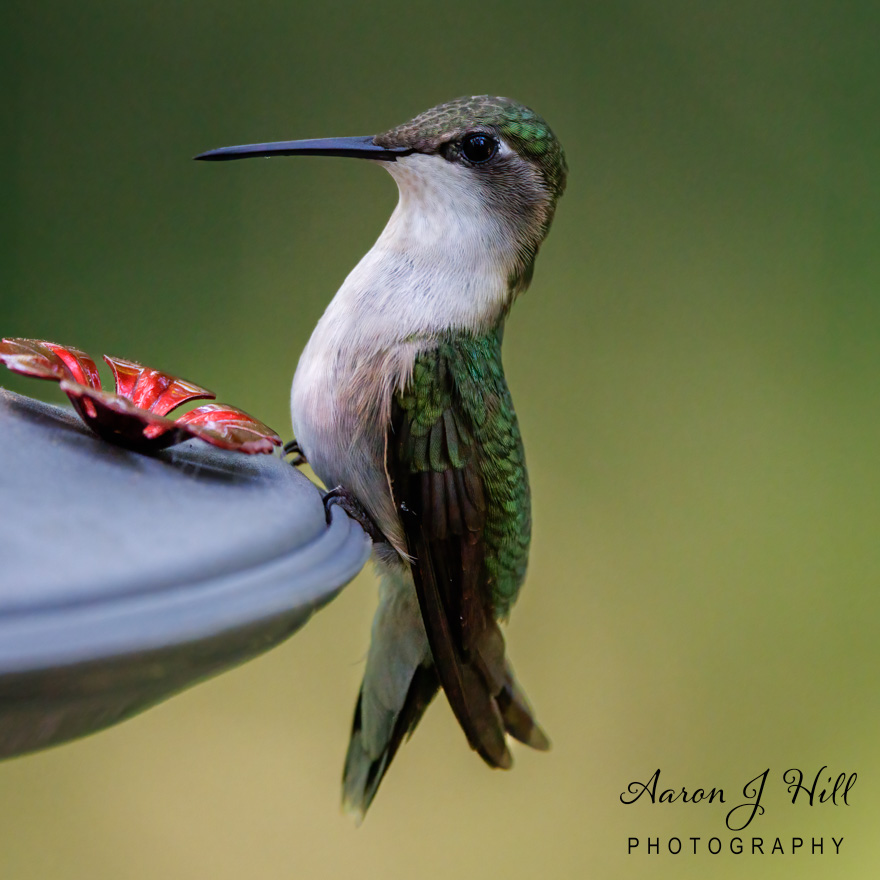
Identification
The Ruby-throated Hummingbird is the sole breeding hummingbird species in eastern North America. Measuring approximately 3 to 3.5 inches in length and weighing around 2 to 3 grams, it is a diminutive bird with remarkable features. Males boast a vibrant ruby-red throat patch, known as a gorget, which can appear dark in certain lighting conditions. Their upperparts are metallic green, while the underparts are pale grayish-white. Females lack the ruby throat, displaying a white or lightly marked throat instead, and have green upperparts with buffy flanks. Both sexes possess a slender, straight bill adapted for nectar feeding.
Life Cycle
Ruby-throated Hummingbirds are solitary creatures, coming together only for mating purposes. Males arrive at breeding grounds before females to establish territories. After courtship, which involves elaborate aerial displays, the female builds a nest and raises the young without male assistance. Nests are constructed on slender, often descending branches of deciduous or coniferous trees, typically 10 to 20 feet above ground. The nest is a compact cup made from plant down, bud scales, and spider silk, camouflaged with lichens. Females lay one to three white eggs per brood, with incubation lasting about 10 to 14 days. Chicks fledge approximately 18 to 22 days after hatching.
Diet and Food Sources
Nectar from flowering plants constitutes the primary food source for Ruby-throated Hummingbirds, providing essential sugars for their high-energy needs. They exhibit a preference for red, orange, and bright pink tubular flowers but will visit various blooms, including those not specifically adapted for hummingbird pollination. In addition to nectar, they consume small insects and spiders, which supply vital proteins, minerals, and vitamins. Occasionally, they feed on tree sap, especially from sapsucker wells. Their long, extendable tongues facilitate efficient nectar extraction, while their agility allows them to catch insects mid-air or glean them from foliage.
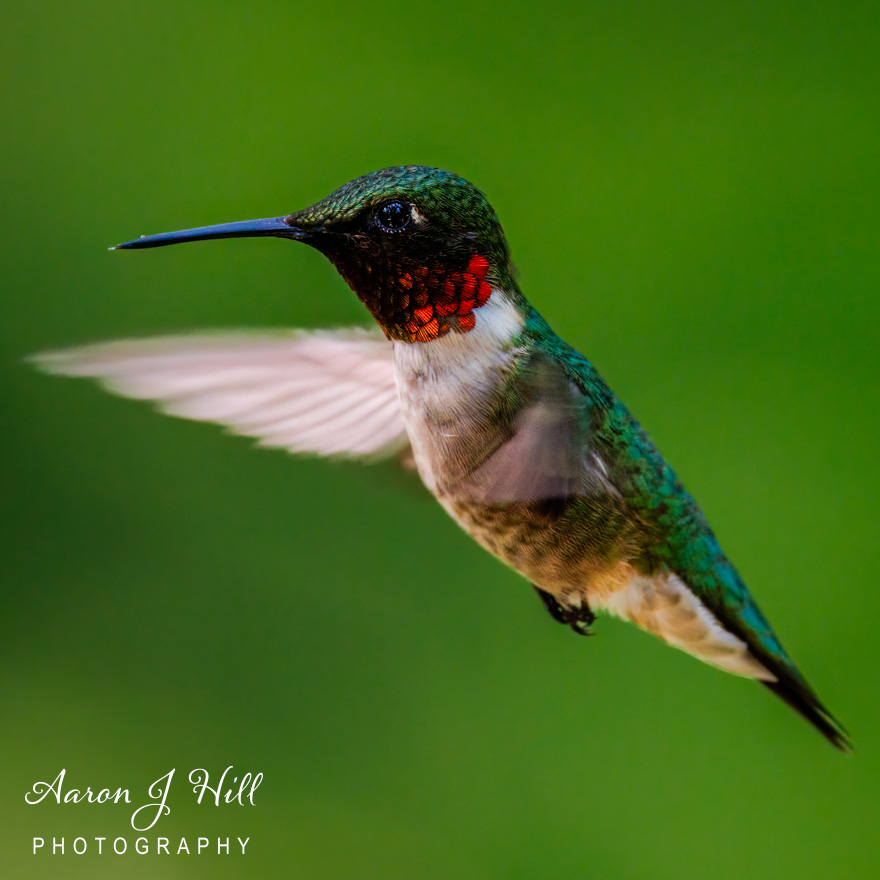
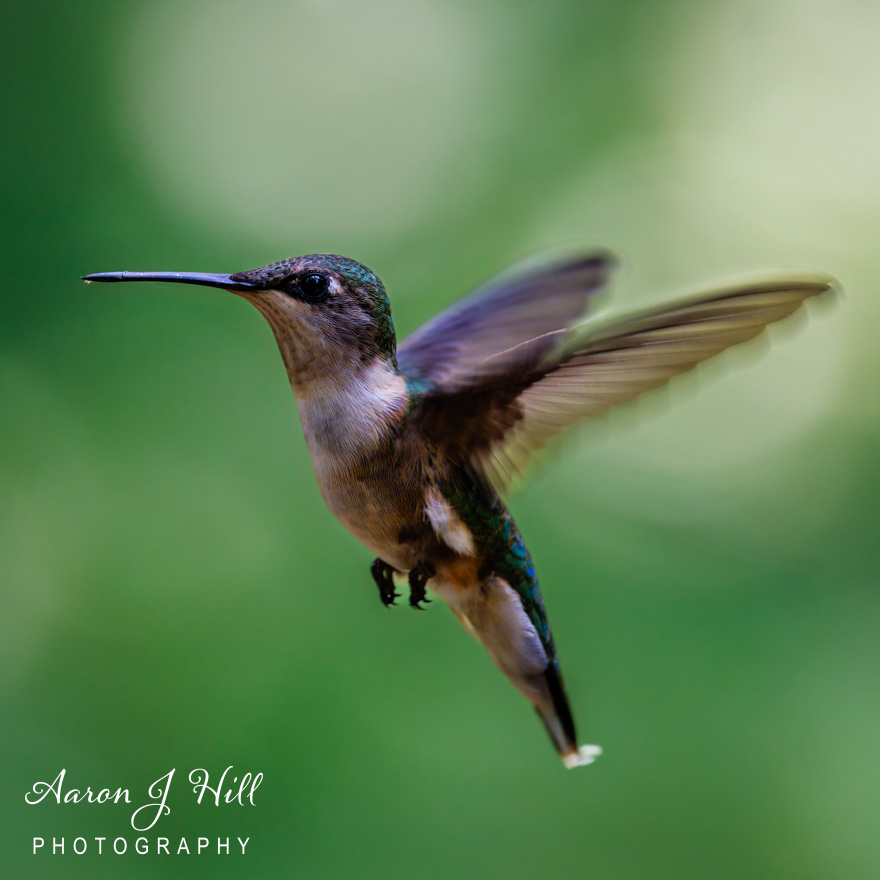
Calls and Sounds
While generally not vocal, Ruby-throated Hummingbirds produce a variety of sounds. Their wingbeats, occurring at a rate of 50 to 80 times per second, generate a characteristic humming noise. They also emit rapid, high-pitched calls and squeaks, especially during territorial disputes or courtship displays. These vocalizations serve as communication tools, conveying messages about territory, mating readiness, or alerting to potential threats.
Habitat
These hummingbirds inhabit diverse environments, including open woodlands, forest edges, meadows, orchards, and gardens. They favor areas abundant in flowering plants, which provide ample nectar sources. During migration, they utilize various habitats, such as coastal areas and riparian zones, that offer food and shelter. Their adaptability to human-altered landscapes enables them to thrive in suburban and urban settings, especially where feeders and suitable plants are available.
Breeding and Raising Young
Breeding occurs between March and July, with peak activity in mid-May. Males perform courtship displays involving U-shaped dives and rapid side-to-side flights to attract females. After mating, females assume all nesting responsibilities. They construct nests using plant materials and spider silk, creating a flexible structure that expands as chicks grow. Eggs are incubated for about two weeks, and hatchlings are altricial, meaning they are born blind and featherless. The mother feeds them regurgitated food until they fledge, approximately three weeks post-hatching.
Distribution and Migration
Ruby-throated Hummingbirds breed across eastern North America, from southern Canada to the Gulf of Mexico. In the fall, they embark on a remarkable migration to Central America, with some individuals flying non-stop over the Gulf of Mexico—a journey of up to 500 miles. They typically migrate alone and rely on innate navigational abilities. In spring, they return to their breeding grounds, following the blooming of nectar-rich flowers.
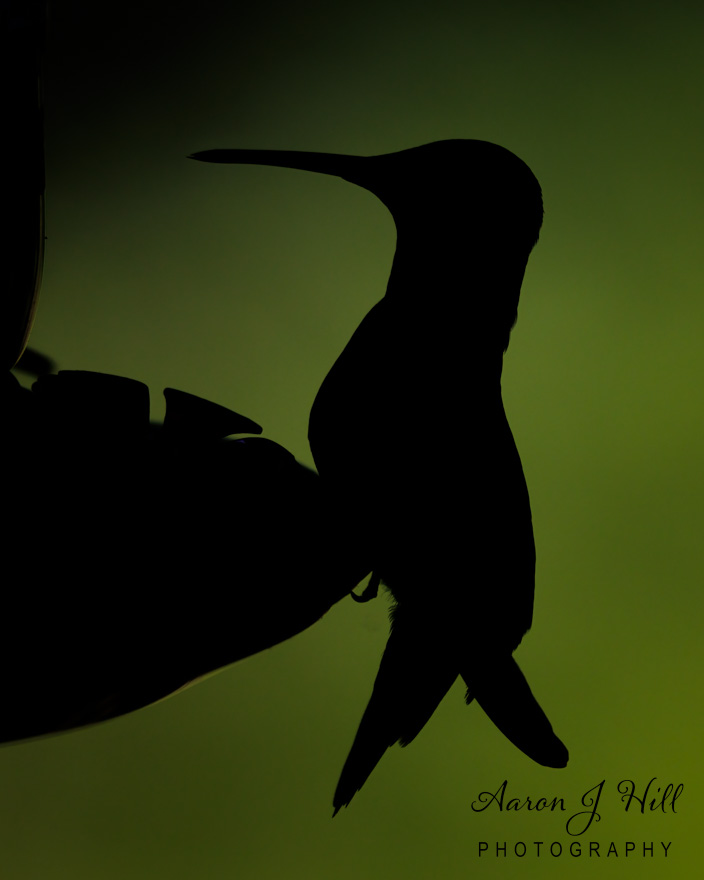
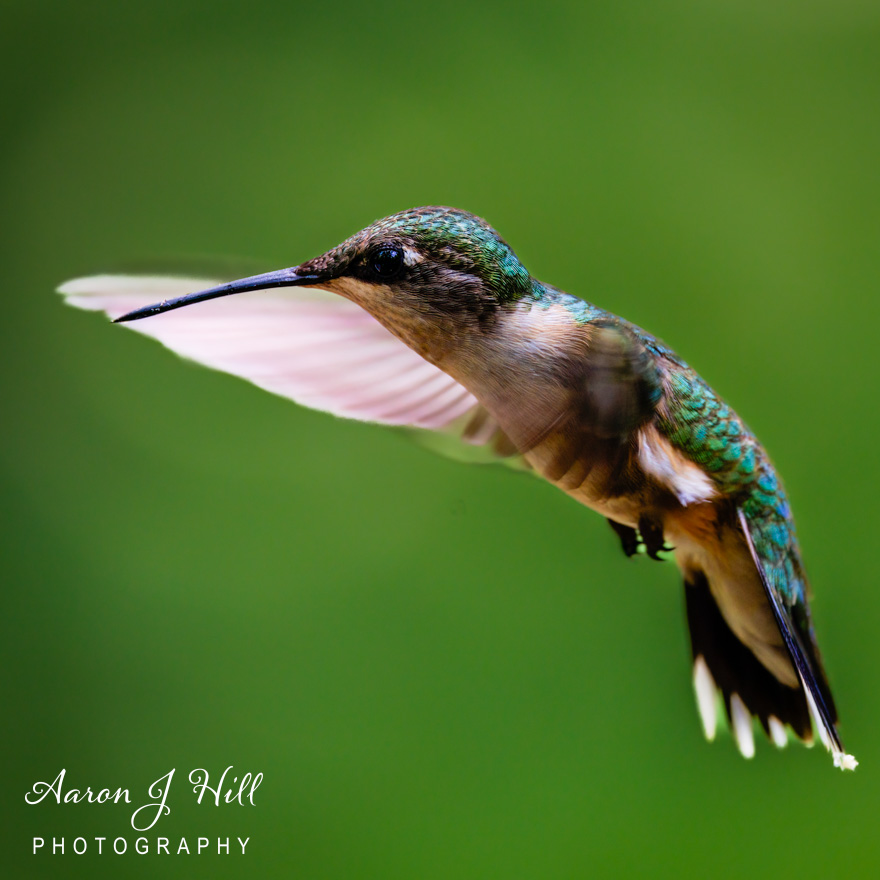
Predators and Threats
Despite their agility, Ruby-throated Hummingbirds face predation from various species. Predators include raptors like hawks, domestic cats, larger birds such as blue jays, and even praying mantises. They are also vulnerable to collisions with windows and vehicles. Additionally, habitat loss due to deforestation and urban development poses significant threats by reducing available food sources and nesting sites.
Conservation Status
The Ruby-throated Hummingbird is currently classified as a species of “Least Concern” by the International Union for Conservation of Nature (IUCN). Population estimates vary; the North American Breeding Bird Survey reports a steady increase from 1966 to 2019, while Partners in Flight estimates a global breeding population of 36 million. Despite this, ongoing conservation efforts focus on preserving habitats, promoting native plant gardening, and mitigating threats like window collisions to ensure their continued prosperity.
Spiritual Significance of Hummingbirds
Beyond their biological marvels, hummingbirds hold profound spiritual symbolism across various cultures. Often seen as messengers of joy, hope, and resilience, these tiny birds inspire with their vibrant energy and agility.
In Native American traditions, hummingbirds are considered symbols of love and happiness. Their tireless pursuit of nectar is viewed as a reminder to seek out life’s sweetness and to approach challenges with a light heart.
In Central American cultures, hummingbirds are believed to be bringers of love, often associated with rituals and talismans to attract affection and harmony. Their presence is thought to bring good luck and positive energy.
The iridescent plumage of hummingbirds, which changes color with light, symbolizes adaptability and resilience. This characteristic encourages individuals to embrace flexibility and to find joy in life’s ever-changing nature.
Conclusion
The Ruby-throated Hummingbird (Archilochus colubris) stands as a remarkable testament to nature’s intricacy and resilience. From their shimmering plumage and unparalleled flight capabilities to their extensive migratory journeys, these diminutive birds captivate and inspire. Understanding their behaviors, dietary needs, habitats, and breeding practices enriches our appreciation and underscores the importance of conservation efforts. By fostering environments that support their survival—through native plantings, responsible feeding practices, and habitat preservation—we ensure that future generations can continue to marvel at the beauty and tenacity of the Ruby-throated Hummingbird.
To purchase Hummingbirds photos used in this blog please click HERE
